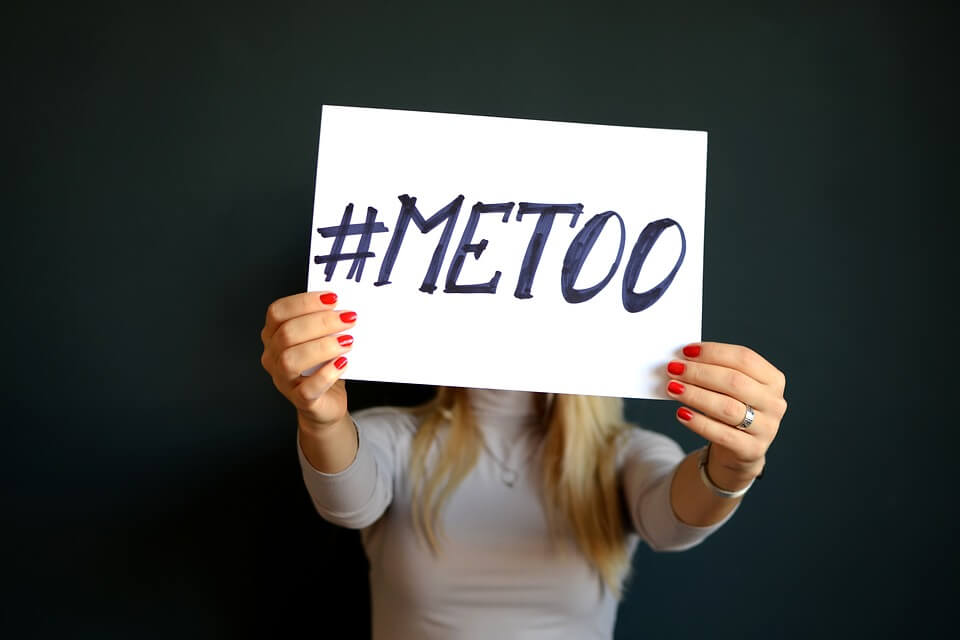
The year of 2017 brought upon our country the largest sexual harassment reckoning of our time – the #MeToo Movement. From the Twitter hashtag to the extensive media coverage to the #MeToo ‘Silence Breakers’ being named TIME’s 2017 Person of the Year, the movement is continuing to pick up steam as more stories of abuse and harassment pour out from women and men of all professions.
Recently, FMJ held a seminar (hosted by FMJ Employment & HR attorney Shannon McDonough) which discussed the #MeToo Movement and How to Prevent/Handle Sexual Harassment in the Workplace. Below are some takeaways from that discussion.
- 25% to 80% of women said they’ve experienced sexual harassment in the workplace. 90% of workers who say they’ve experienced harassment in the workplace never formally reported the harassment. 70% of individuals have never talked with a supervisor, manager, or union representative about the harassing conduct. (Select Task Force on the Study of Harassment in the Workplace – EEOC June 2016)
- The most common workplace response to a harassment claim is to avoid the harasser (33% to 70%), deny or downplay the gravity of the situation (54% to 73%), and/or attempt to ignore, forget, or endure the behavior (44% to 70%). (Select Task Force on the Study of Harassment in the Workplace – EEOC June 2016)
- So far, there has not been a significant uptick in complaints made as a result of the #MeToo Movement. However, there is certainly a heightened awareness and it is expected that there will be less tolerance for improper behavior in the workplace.
- The genesis of the #MeToo Movement, from an employment context, was to bring out into the open past inappropriate behavior that others had encountered, and in some cases complaints that were made to management without a satisfactory resolution by the complainant.
- So how does this impact the employment context?
- Well, there are statutes of limitations that govern the time-frame in which a party must assert his or her claim in order to be allowed to proceed against his/her employer. A party has 300 days to file a charge with the Equal Employment Opportunity Commission under Title VII of the Civil Rights Act of 1964 and one year to file a claim under the Minnesota Human Rights Act either in court or to the Minnesota Department of Human Resources).
- Accordingly, many of these #MeToo Movement allegations may be barred by the statute of limitations to the extent they occurred in the distant past.
- However, the #MeToo Movement is still significant in that allegations from the past will place employers on notice of past conduct within their workplaces or even with respect to current employees.
- Accordingly, once on notice, employers may still need to investigate new allegations of past conduct in order to prevent future conduct from occurring, as well as to protect the company from potential liability.
- If you’re an employer: make sure to update your sexual harassment policy, train your employees on sexual harassment issues and the different ways to report sexual harassment claims, require your management and supervisors to report any harassment that is brought to their attention, and ensure that you have a prompt and thorough investigation process when it comes to sexual harassment claims.
- If you’re an employee: promptly report the inappropriate harassing conduct to HR or your manager/supervisor so it can be investigated and addressed, including conduct you may witness even if it is not directed at you. While this can be an unsettling endeavor, the point of the movement is to increase awareness, take appropriate action and prevent future illegal conduct from occurring.
If you have any questions about the above information or would like to know more, feel free to reach out to Shannon (shannon.mcdonough@fmjlaw.com) and she will be happy to answer your questions.
Related Attorneys

